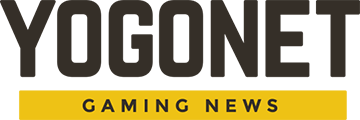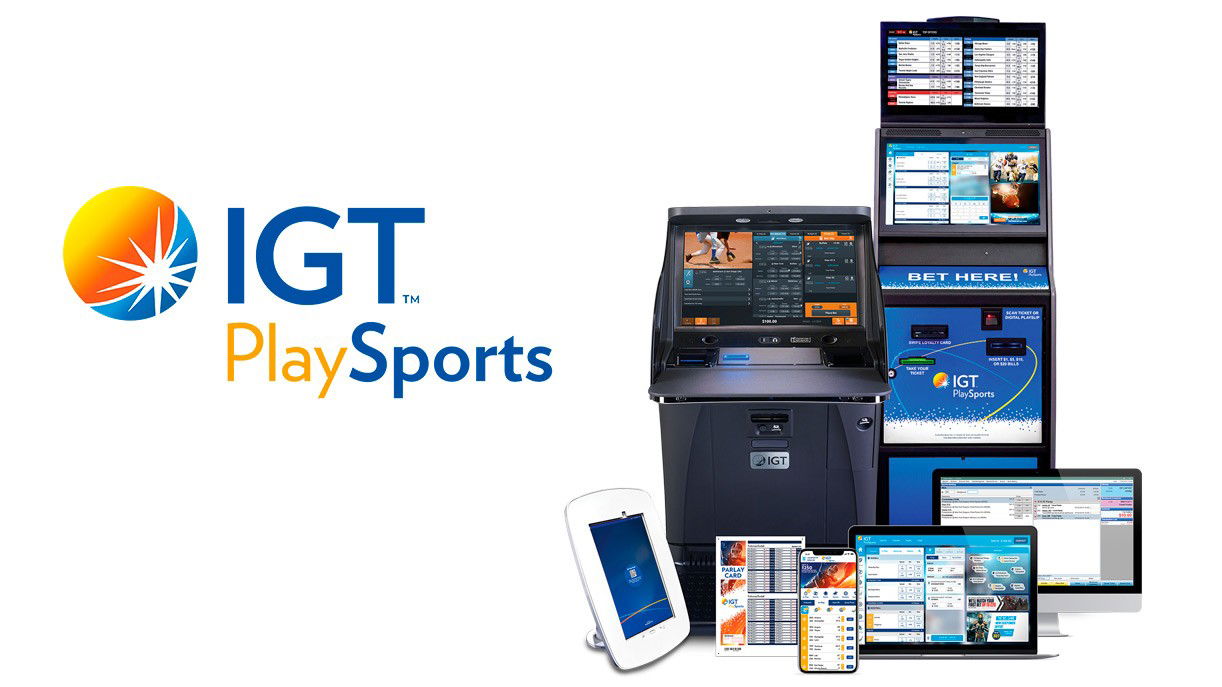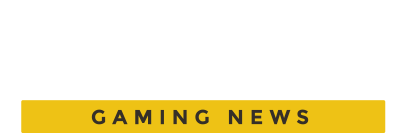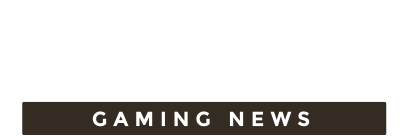AGEM Index closes February balance 4.96 percent down

The AGEM Index experienced declines across the board during February 2018. The composite index closed the month at 513.47 points, a drop of 26.77 points or 4.96 percent, when compared to January 2018. The AGEM Index still reported a year-over-year increase for the 29th consecutive month and has climbed 162.03 points, or 46.10 percent, since February 2017.
During the latest period, two of the 12 global gaming equipment manufacturers reported month-to-month increases in stock price. Ten manufacturers reported decreases in stock price during the month, with one manufacturer posting a double-digit percentage decline.
The February performance of the AGEM Index was mirrored by negative results among the three broader stock market indexes. The S&P 500 reported a month-to-month decrease of 3.89 percent to 2,713.83. The Dow Jones Industrial Average decreased 4.28 percent to 25,029.20, while the NASDAQ decreased 1.87 percent during the period to 7,273.01.
Positive contributors to the February 2018 AGEM Index included the following:
Astro Corp. (Taiwan: 3064.TWO) contributed 0.01 points due to a 1.67 percent increase in stock price to $0.42.
Selected negative contributors included the following:
With its stock price falling 9.46 percent to $ 53.22, Konami Corp. (TYO: 9766) contributed negative 7.93 points.
International Game Technology PLC (IGT) reported an 8.84 percent decrease in stock price to $26.50, contributing negative 7.17 points.
Crane Co. (CR) also reported a 7.63 percent drop in stock price to $92.31, contributing negative 6.32 points

During the last month, Crane Co. (CR) released its annual report for its fiscal year ending in December 2017. Net sales for the fiscal year increased 1.4 percent from $2.75 billion to $2.79 billion. Operating profits doubled during the fiscal year from $200.3 million in fiscal year 2016 to $401.9 million in fiscal year 2017, due to the elimination of an asbestos provision of $192.4 million paid by the company the prior year. The company also maintained positive cash generation, with net cash flow remaining growing by $50.3 million from $146.2 million in fiscal year 2016 to $196.5 million in fiscal year 2017.
Scientific Games released its year-end results for its fiscal year ending in December 2017. Net revenue increased 6.9 percent over the prior year, growing by $200.2 million to $3.08 billion. The largest source of revenue growth was attributable to the interactive segment, which grew by $95.0 million to $427.8 million in fiscal year 2017. This growth was due to the success of the company’s social gaming apps as well as the April 2017 acquisition of Spicerack Media Inc, a mobile and social game company. Operating income grew by $262.5 million during this period, reaching $393.1 million in fiscal year 2017, primarily due to a $62.3 million decrease in annual operating expenses. Operating income margins increased from 4.5 percent for fiscal year 2016 to 12.7 percent, an 8.2 percentage point increase in operating income margin. Operating expenses dropped year over year primarily due to the elimination of goodwill impairments, which cost the company as much as $1.0 billion two years prior.
Ainsworth Game Technology recently released an interim report for the six months through December 2017, which account for the first half of its fiscal year 2018. Compared to the same period in fiscal year 2017, total revenue dropped by 2.0 percent, decreasing to AU$120.3 million compared to AU$122.7 million the year prior. Additionally, earnings before interest, taxes, depreciation and amortization (EBITDA) dropped by 22.9 percent compared to the year prior, declining from AU$31.9 million to AU$24.6 million. EBITDA margins also decreased, with a margin of 20.4 percent for the first half of fiscal year 2018, compared to 26.0 percent for the first half of the prior year.
A month after Play AGS went public, the initial public offering is proving to be a success, with increased trading activity and substantially greater market cap. Since the IPO, market cap has grown by $404.2 million, increasing from $292.2 million at the end of January 2018 to $696.4 million at the end of February 2018, due to an increase in 18.7 million shares outstanding after the IPO. Stock price has consistently trended upward as well, growing from the IPO price of $16.00 to $20.71 at the end of February.
















